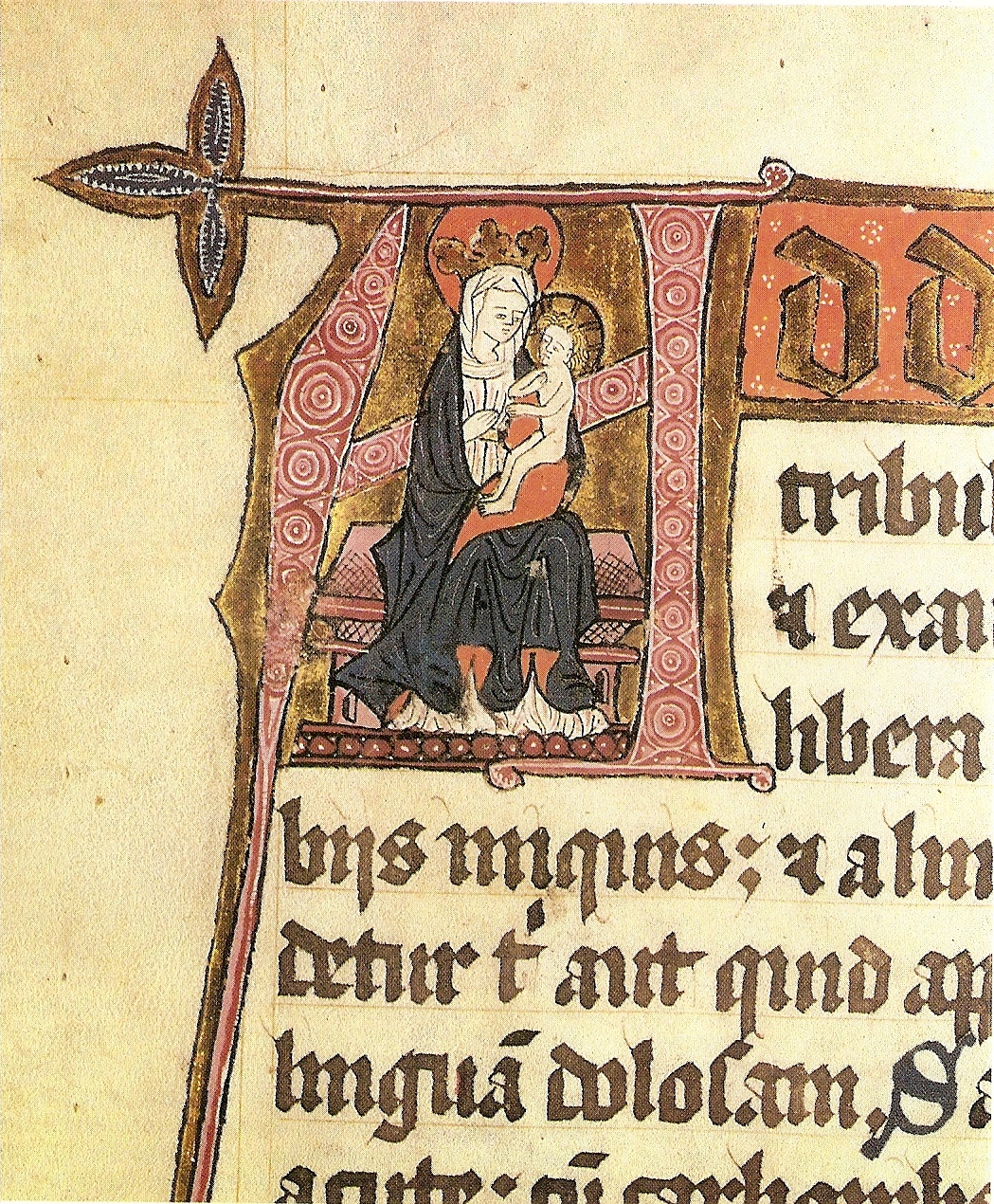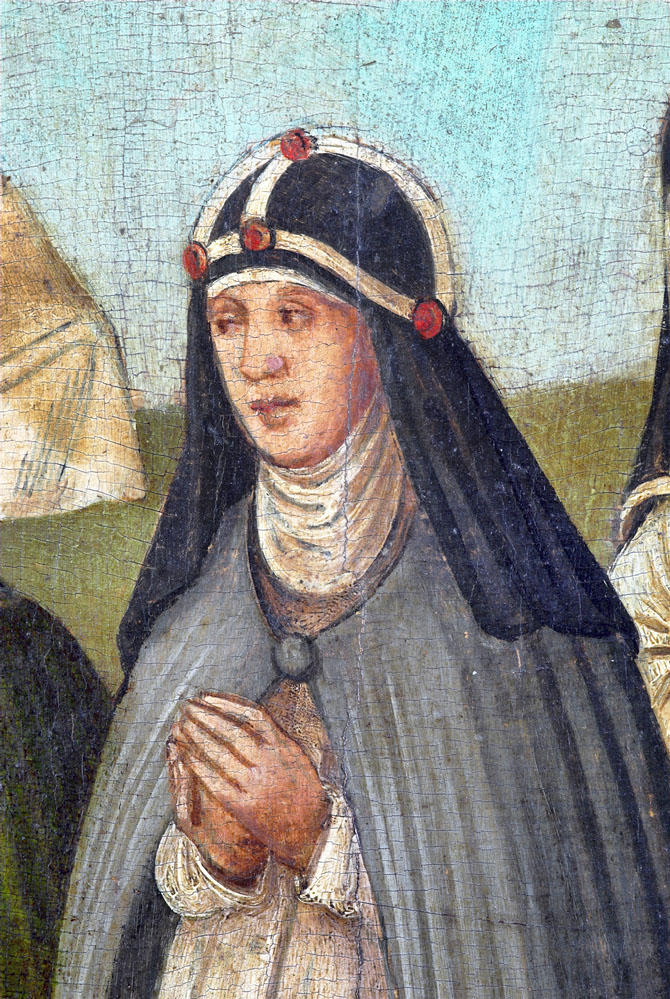|
Ancient Diocese Of Stavanger
The former Catholic Diocese of Stavanger in Norway included the modern counties of Rogaland and Agder together with the regions of Valdres and Hallingdal and the parishes of Eidfjord and Røldal from Hordaland. It existed from the beginning of the 12th century to the Protestant Reformation. History The bishopric was formed early in the 12th century out of the southern portion of the Diocese of Bergen, which had included until then the whole of Western Norway (Gulating). Reinald, an Englishman and most probably a Benedictine monk from Winchester Cathedral, was the first Bishop of Stavanger. With the money given him in 1128 by King Sigurd Jorsalefarer, for allowing that monarch to marry one Cecilia during the lifetime of his consort Queen Malmfrid, Reinald began the cathedral and founded the chapter. He was hanged at Bergen in 1135 by King Harald Gille upon his refusing to pay fifteen marks of gold to that monarch, who suspected him of concealing the treasures belonging to King ... [...More Info...] [...Related Items...] OR: [Wikipedia] [Google] [Baidu] |
Stavanger Domkyrkje
Stavanger (, , American English, US usually , ) is a city and municipalities of Norway, municipality in Norway. It is the fourth largest city and third largest metropolitan area in Norway (through conurbation with neighboring Sandnes) and the administrative center of Rogaland county. The municipality is the fourth most populous in Norway. Located on the Stavanger Peninsula in southwest Norway, Stavanger counts its official founding year as 1125, the year the Stavanger Cathedral was completed. Stavanger's core is to a large degree 18th- and 19th-century wooden houses that are protected and considered part of the city's cultural heritage. This has caused the town center and inner city to retain a small-town character with an unusually high ratio of detached houses, and has contributed significantly to spreading the city's population growth to outlying parts of Greater Stavanger. The city's population rapidly grew in the late 20th century due to its oil industry. Stavanger is known ... [...More Info...] [...Related Items...] OR: [Wikipedia] [Google] [Baidu] |
Magnus IV Of Norway
Magnus Sigurdsson (c. 1115 – 12 November 1139), also known as Magnus the Blind, was King of Norway (being Magnus IV) from 1130 to 1135 and again from 1137 to 1139. His period as king marked the beginning of the civil war era in Norway, which lasted until 1240. Biography Magnus was the son of King Sigurd I of Norway and Borghild Olavsdotter. When King Sigurd died in 1130, Magnus became king of Norway together with his uncle Harald Gille. After four years of uneasy peace, Magnus began to openly prepare for war on Harald. On August 9, 1134, he defeated Harald in the decisive Battle at Färlev near Färlev in Stångenäs herred in Båhuslen. Harald fled to Denmark. Against the advice of his councilors, Magnus disbanded his army and traveled to Bergen to spend the winter there. Harald then returned to Norway with a new army and the support of the Danish King Erik Emune. Meeting little opposition, he reached Bergen before Christmas. Magnus had few men, and the city fell easily to ... [...More Info...] [...Related Items...] OR: [Wikipedia] [Google] [Baidu] |
Munkeliv Abbey
Munkeliv Abbey ( no, Munkeliv kloster) was a Benedictine abbey located at Nordnes in Bergen, Norway. It was one of the oldest monasteries in Norway, and also one of the wealthiest and best-documented. There are no visible remains today. History Munkeliv Abbey was founded as a Benedictine abbey by King Eystein I of Norway (''Øystein 1 Magnusson'', reigned 1103– 1123) in about 1110 and was dedicated to Saint Michael. The abbey was strategically positioned on the dominant height of Nordnes over the then newly established town of Bergen, with a view to encouraging the town's development. Its first centuries were successful and prosperous, but the arrival of the Black Death in the mid-14th century brought about a decline. In addition, the buildings suffered great damage in 1393 when the abbey was attacked by pirates known as the Victual Brothers (''vitaliebrødrene''). Thanks to its great wealth it managed to survive these catastrophes, but could not avoid a further decline. In the ... [...More Info...] [...Related Items...] OR: [Wikipedia] [Google] [Baidu] |
Brigittines
The Bridgettines, or Birgittines, formally known as the Order of the Most Holy Savior (; abbreviated OSsS), is a monastic religious order of the Catholic Church founded by Saint Birgitta or Bridget of Sweden in 1344, and approved by Pope Urban V in 1370. They follow the Rule of Saint Augustine. There are today several different branches of Bridgettines. History The first monastery of the order was founded in 1369 at the former royal castle of Vadstena. St. Bridget's granddaughter, Lady Ingegerd Knutsdotter, was Abbess of Vadstena from 1385 to 1403. Upon her death on 14 September 1412, direct descent from St. Bridget became extinct. This opened the medieval concept of "Bridget's spiritual children", members of the order founded by her, to be her true heirs. The order spread widely in Sweden and Norway, and played a remarkable part in promoting culture and literature in Scandinavia; to this is to be attributed the fact that the motherhouse at Vadstena, by Lake Vättern, was not ... [...More Info...] [...Related Items...] OR: [Wikipedia] [Google] [Baidu] |
Dominican Order
The Order of Preachers ( la, Ordo Praedicatorum) abbreviated OP, also known as the Dominicans, is a Catholic mendicant order of Pontifical Right for men founded in Toulouse, France, by the Spanish priest, saint and mystic Dominic of Caleruega. It was approved by Pope Honorius III via the papal bull ''Religiosam vitam'' on 22 December 1216. Members of the order, who are referred to as ''Dominicans'', generally carry the letters ''OP'' after their names, standing for ''Ordinis Praedicatorum'', meaning ''of the Order of Preachers''. Membership in the order includes friars, nuns, active sisters, and lay or secular Dominicans (formerly known as tertiaries). More recently there has been a growing number of associates of the religious sisters who are unrelated to the tertiaries. Founded to preach the Gospel and to oppose heresy, the teaching activity of the order and its scholastic organisation placed the Preachers in the forefront of the intellectual life of the Middle Ag ... [...More Info...] [...Related Items...] OR: [Wikipedia] [Google] [Baidu] |
Pope Clement VI
Pope Clement VI ( la, Clemens VI; 1291 – 6 December 1352), born Pierre Roger, was head of the Catholic Church from 7 May 1342 to his death in December 1352. He was the fourth Avignon pope. Clement reigned during the first visitation of the Black Death (1348–1350), during which he granted remission of sins to all who died of the plague. Roger steadfastly resisted temporal encroachments on the Church's ecclesiastical jurisdiction and, as Clement VI, entrenched French dominance of the Church and opened its coffers to enhance the regal splendour of the Papacy. He recruited composers and music theorists for his court, including figures associated with the then-innovative Ars Nova style of France and the Low Countries. Early life Birth and family Pierre Roger (also spelled Rogier and Rosiers) was born in the château of Maumont, today part of the commune of Rosiers-d'Égletons, Corrèze, in Limousin, France, the son of the lord of Maumont-Rosiers-d'Égletons. He had an elder ... [...More Info...] [...Related Items...] OR: [Wikipedia] [Google] [Baidu] |
Avignon
Avignon (, ; ; oc, Avinhon, label=Provençal dialect, Provençal or , ; la, Avenio) is the Prefectures in France, prefecture of the Vaucluse Departments of France, department in the Provence-Alpes-Côte d'Azur Regions of France, region of Southeastern France. Located on the left bank of the river Rhône, the Communes of France, commune had a population of 93,671 as of the census results of 2017, with about 16,000 (estimate from Avignon's municipal services) living in the ancient town centre enclosed by its Walls of Avignon, medieval walls. It is Functional area (France), France's 35th largest metropolitan area according to Institut national de la statistique et des études économiques, INSEE with 336,135 inhabitants (2019), and France's 13th largest urban unit with 458,828 inhabitants (2019). Its urban area was the fastest-growing in France from 1999 until 2010 with an increase of 76% of its population and an area increase of 136%. The Communauté d'agglomération du Grand Av ... [...More Info...] [...Related Items...] OR: [Wikipedia] [Google] [Baidu] |
Arne Aslakssön
Arne may refer to: Places * Arne, Dorset, England, a village ** Arne RSPB reserve, a nature reserve adjacent to the village * Arné, Hautes-Pyrénées, Midi-Pyrénées, France * Arne (Boeotia), an ancient city in Boeotia, Greece * Arne (Thessaly), an ancient city in Thessaly, Greece * Arne, or modern Tell Aran, an ancient Arameans city near Aleppo, Syria * Arne Township, Benson County, North Dakota, United States * 959 Arne, an asteroid People * Arne (name), a given name and a surname, including a list of people with the name * Arne & Carlos, a Norwegian design duo Mythology * Arne (Greek myth), three figures in Greek mythology See also * Aarne Aarne as a surname may refer to: *Antti Aarne (1867–1925), Finnish folklorist * Els Aarne (1917–1995), Estonian composer *Johan Victor Aarne (1863–1934), Finnish metalsmith As a given name it may refer to: *Aarne Ahi (born 1943), Estonian ... * Aarne–Thompson classification systems * Arn (other) {{disambiguatio ... [...More Info...] [...Related Items...] OR: [Wikipedia] [Google] [Baidu] |
Black Death
The Black Death (also known as the Pestilence, the Great Mortality or the Plague) was a bubonic plague pandemic occurring in Western Eurasia and North Africa from 1346 to 1353. It is the most fatal pandemic recorded in human history, causing the deaths of people, peaking in Europe from 1347 to 1351. Bubonic plague is caused by the bacterium ''Yersinia pestis'' spread by fleas, but it can also take a secondary form where it is spread by person-to-person contact via aerosols causing septicaemic or pneumonic plagues. The Black Death was the beginning of the second plague pandemic. The plague created religious, social and economic upheavals, with profound effects on the course of European history. The origin of the Black Death is disputed. The pandemic originated either in Central Asia or East Asia before spreading to Crimea with the Golden Horde army of Jani Beg as he was besieging the Genoese trading port of Kaffa in Crimea (1347). From Crimea, it was most likely carried ... [...More Info...] [...Related Items...] OR: [Wikipedia] [Google] [Baidu] |
Haakon V Of Norway
Haakon V Magnusson (10 April 1270 – 8 May 1319) ( non, Hákon Magnússon; no, Håkon Magnusson, label=Modern Norwegian) was king of Norway from 1299 until 1319. Biography Haakon was the younger surviving son of Magnus the Lawmender, King of Norway, and his wife Ingeborg of Denmark. Through his mother, he was a descendant of Eric IV, king of Denmark. In 1273, his elder brother, Eirik, was named junior king under the reign of their father, King Magnus. At the same time, Haakon was given the title "Duke of Norway", and from his father's death in 1280, ruled a large area around Oslo in Eastern Norway and Stavanger in the southwest, subordinate to King Eirik. Haakon succeeded to the royal throne when his older brother died without sons. In 1295, Haakon married firstly with Isabelle, daughter of Jean I, Count of Joigny, but she died in 1297 without children. His eldest daughter was Princess Agnes Haakonsdatter. Family connections between Haakon V and the later Østby fami ... [...More Info...] [...Related Items...] OR: [Wikipedia] [Google] [Baidu] |






.jpg)